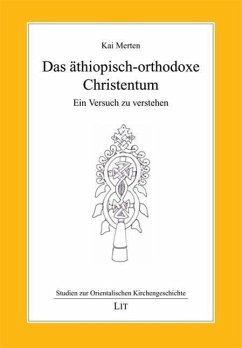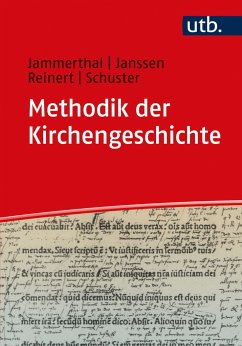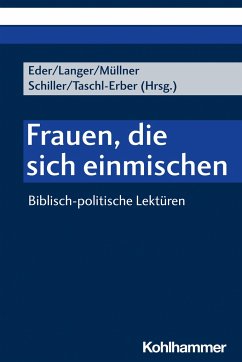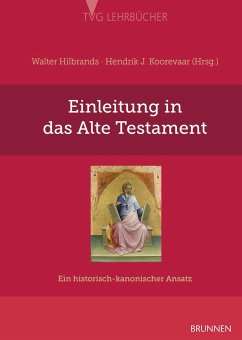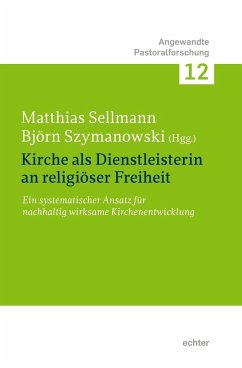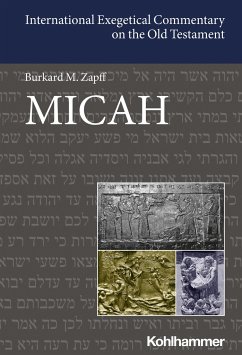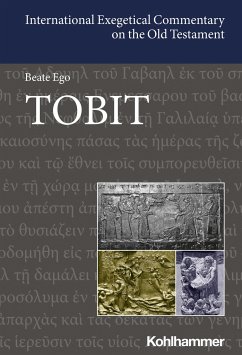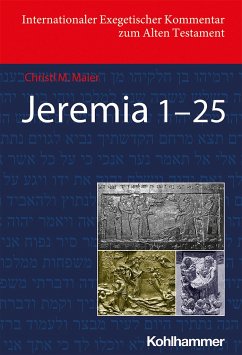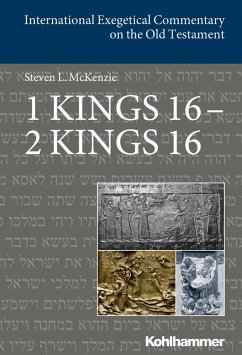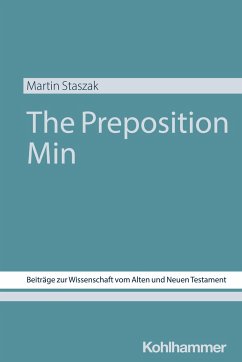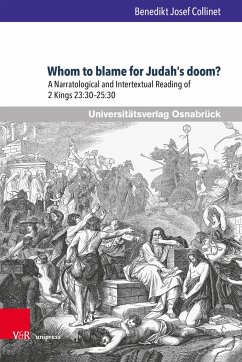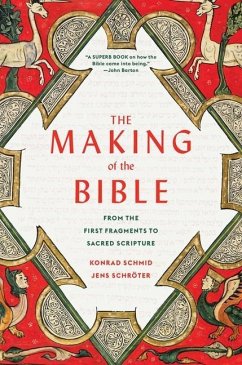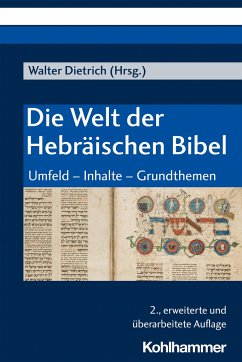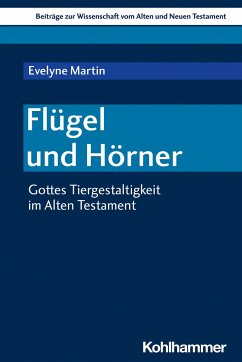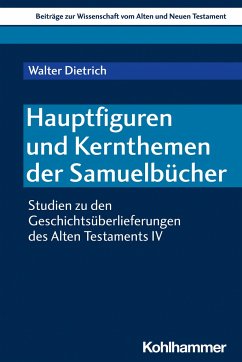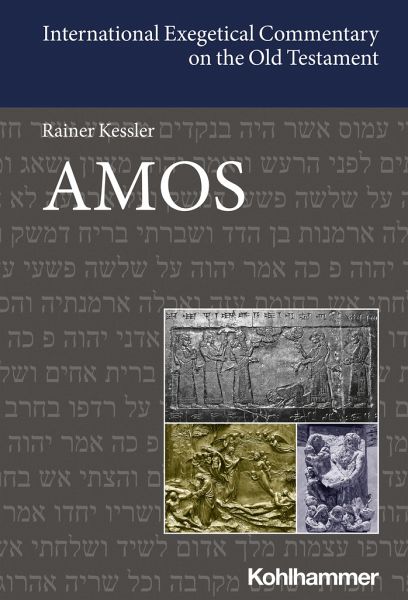
Amos

PAYBACK Punkte
0 °P sammeln!
This commentary examines the book of Amos as it appears in the Hebrew Bible: a collection of messages from a prophet in the 8th century BCE who warned that the Kingdom of Israel would fall because of the wrongs of its wealthy elite. Despite this warning, the book ultimately offers hope for a restored future to the survivors in Judah and Israel. The analysis traces how Amos's original message - now only faintly visible - was reshaped by later scribes after Israel=s fall, leading to the final version likely completed during the Persian period.




